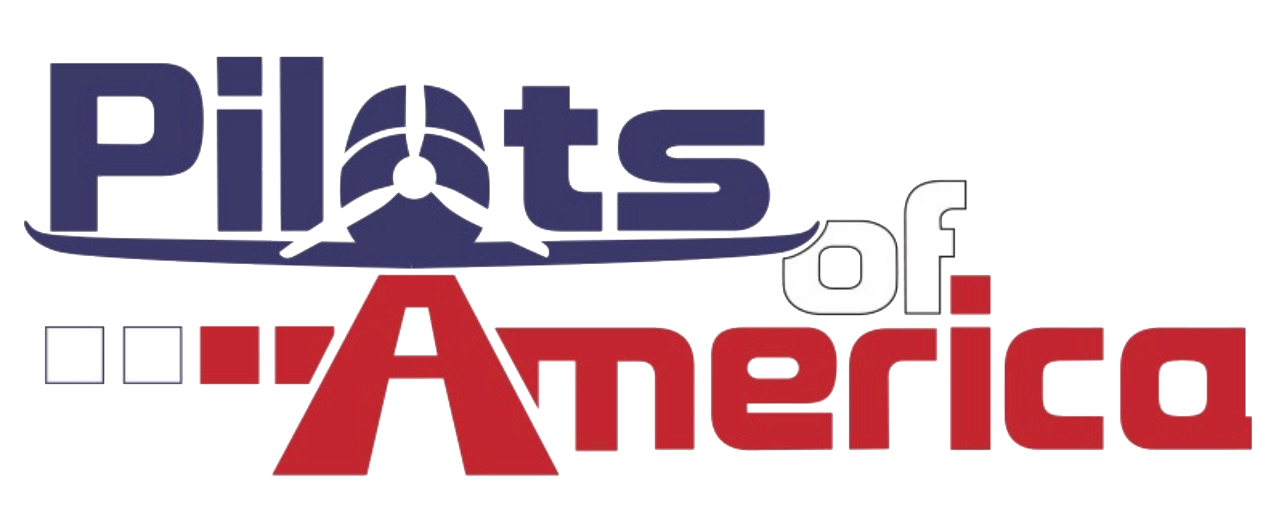PeterNSteinmetz
Ejection Handle Pulled
Initial report of 53% reduction in accidents overall and 89% reduction in fatal accidents with use of ADS-B In. If this holds up, that is an impressive reduction. Much more significant that a lot of training programs combined.
https://www.aopa.org/news-and-media...udy-shows-accidents-less-likely-with-ads-b-in
https://www.aopa.org/news-and-media...udy-shows-accidents-less-likely-with-ads-b-in

